The best exercise for hiking you aren’t doing
Are you training for a hike but wondering what the best exercise might be? With training to hike often you’ll have the feeling like you can’t stomach another squat or lunge. Fair. As great as these exercises are, sometimes you just need to add a little variety and fun into the mix. I think the best exercise for hiking is the one that keeps you engaged with your training. My vote is for the sled, so let’s take a look at how this can help you and improve your hiking!
Exercise with the sled to improve your hiking
The sled is an incredible tool that requires very little skill to use but yields great benefits.
First off, the body recognizes movement patterns over isolation exercises. For example, a leg extension machine may be keen to strengthen quads, but the body doesn’t move that way. It may be isolating the quads but not in a movement pattern that makes sense in relationship to real world activities.
The sled is a natural at engaging the body’s reflexes and muscles with the movement of sled pushes/pulls/drags. Using these movement patterns, the body will coordinate the muscles in the hips, legs and core to work as a team. If you don’t and engage the muscles, the sled doesn’t move.
That’s why I favor the sled. Nothing to over think, just load it up, and start moving.
Sled pulls, drags, & pushes
These will movements will target all of the areas that hikers need strong. Two in particular are the glute medius and the vastus medialis oblique (VMO for short, and a quad muscle). The glute medius helps with hip motion while walking and the latter with knee cap motion. Pretty handy muscles to have strong when your staring at a lot of trail miles.
Variety is the key to training for hiking
Here’s just a sample of the exercises that you can work in and their benefits:
- Pulls with rope – works the back, core, hips, legs, arms, grip strength.
- Drags forward- targets the feet, calves, legs, hips and core.
- Drags reverse- targets the quads and knee health (VMO anyone?!)
- Pulls sideways with strap- lats, core, grip, glute medius
- Push- hits the feet, lower an upper legs, hips and core
I use them for nearly all of my patients and clients with low back pain, hip issues or those who need conditioning work. The training variables and methods to use the sled make it truly versatile. The benefits outside of hiking for using the sled are worth adding it into the mix.
Try these workouts
Keep it simple and start out with fewer reps or shorter distance if you are new to sled work. In the video, I cover some basic technique and demonstrate some movements for you.
Choosing a light weight will allow you to work on form first and then add weight as you are able. Since hikers need strength and endurance but not high end cardio, you can keep that in mind with regards to rest periods and weight.
Aim for 5 pushes and 5 pulls to start at a weight that allows you to go 30-50 feet without stopping. You’ll likely be much stronger pushing than pulling so keep that in mind as you add weight. Play around with different version of pushes, pulls, and drags. You could work your way up to 10 pushes and 10 pulls at 50 feet as a good goal.
Sled work is great for recovery days and works very well if your quads are sore since there is no eccentric load for the quads when you push a sled. Eccentric loads tend to make muscles more sore than concentric or shortening motions.
Exercise with the sled to round out your hiking training
Sleds are a great way to add in variety and just have fun with workouts. Don’t over look them as part of your arsenal as you prepare for next big hike. They are amazing at strengthening the feet, improving ankle motion, building tendon and ligament strength, and getting a great strength & cardio workout. Give them a try and let me know what you think!
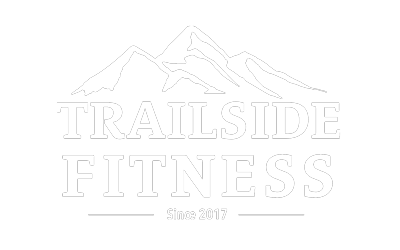
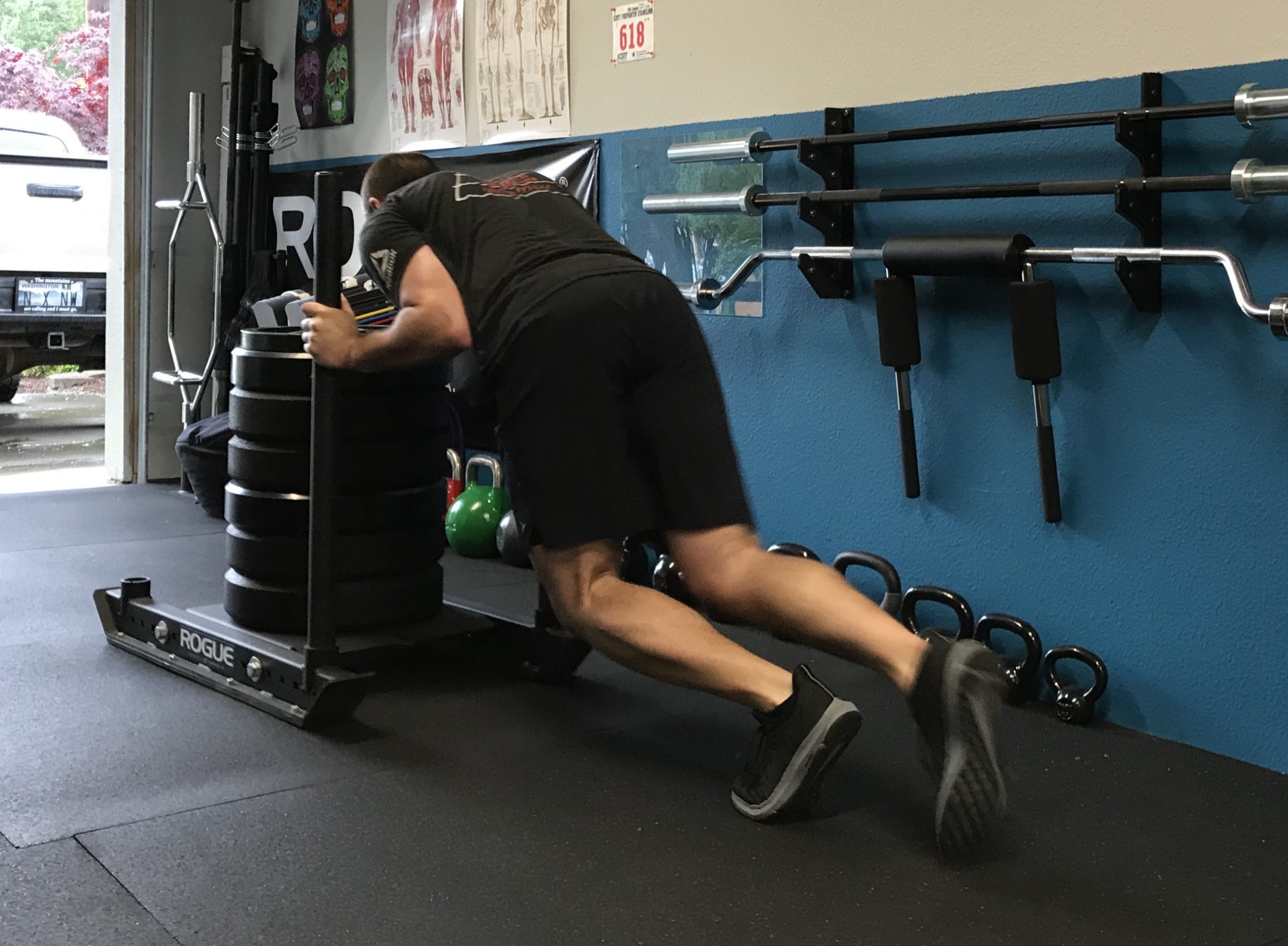
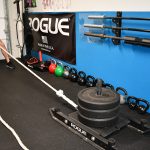
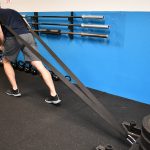
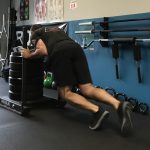
Recent Comments